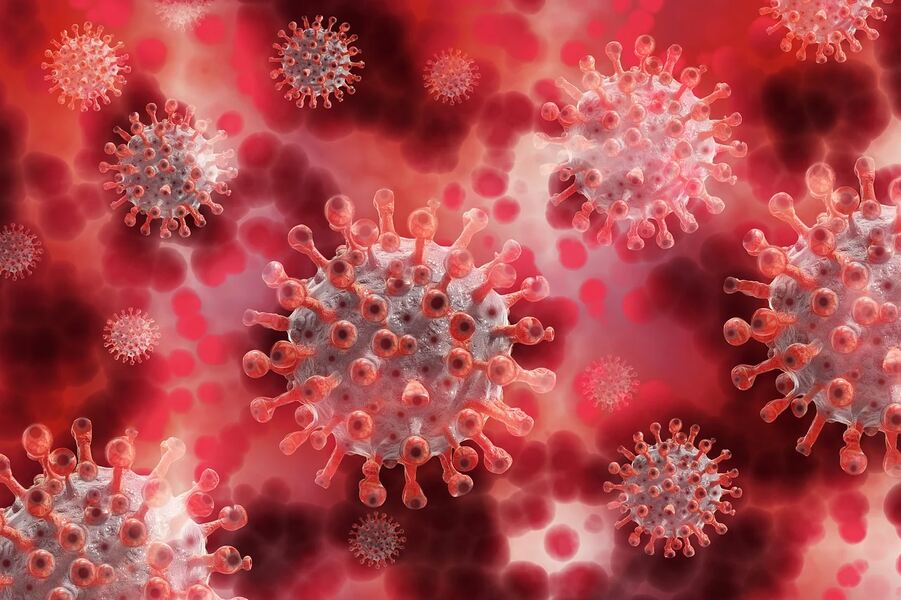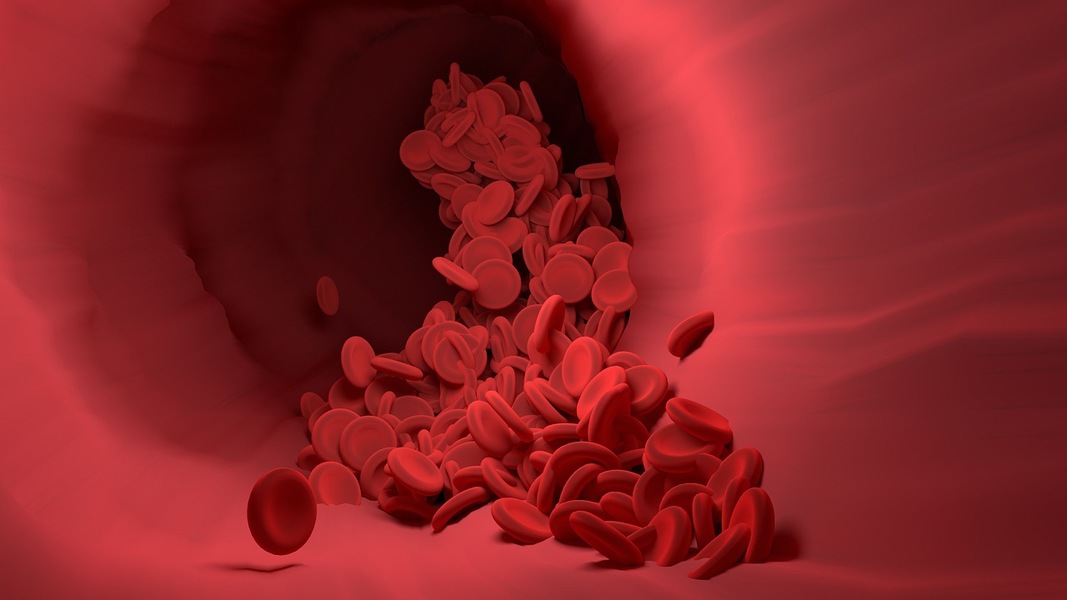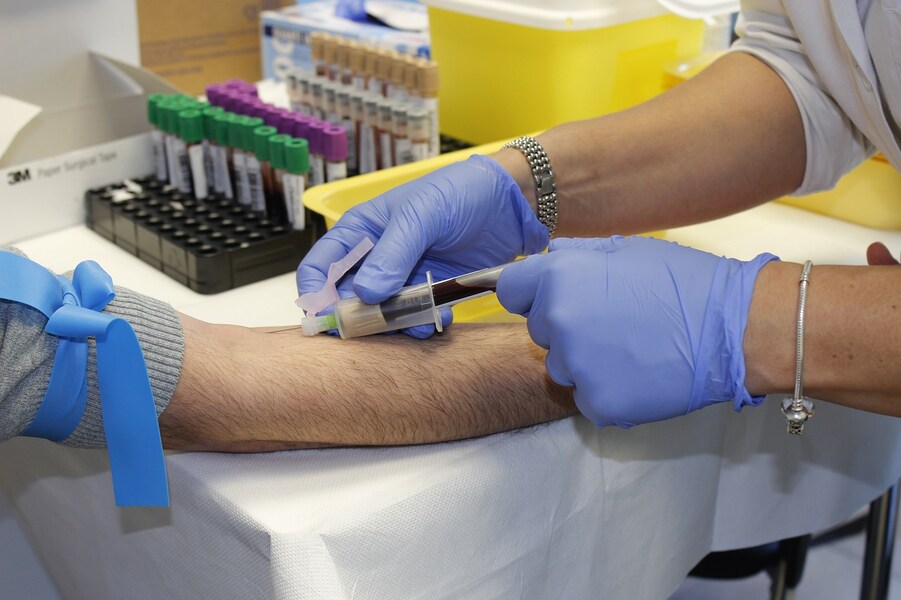
Foods that improve blood circulation in legs

Foods that improve blood circulation in the legs that nobody will tell you about: Do you often experience pain, numbness, fatigue, or cramps in your legs? It could be due to poor blood flow in your legs.
Poor circulation in the ankles, feet, and legs can cause varicose veins, edema, and venous diseases. But don’t worry because you can solve this issue by eating some delicious foods.
Yes, some healthy foods can aid in improving blood circulation, prevent health issues associated with poor blood flow in the legs, and even enhance your performance if you are an athlete. So, are you ready to learn more about these superfoods?
Let’s dive in. In today’s video, we will share with you the 12 healthiest foods that improve blood circulation in the legs that nobody will tell you about—from cayenne pepper, grapes, and garlic to more. Stay tuned to find out more.
1.Black and Green Tea

A cup or two of black and green tea helps reduce the risk of cardiovascular diseases because of their blood-pressure-lowering effects.
Tea is a rich source of catechins, a type of polyphenol that has vascular protective properties.
Christopher Ochner, Ph.D., a research scientist in nutrition, stated, “Green tea is the healthiest thing I can think of to drink.”
A review of many studies showed that green tea helped fend off a range of heart-related issues and directly increased blood flow in the legs.
There is also a decrease in blood flow resistance from the blood vessel walls.
Due to nitric oxide formation, which widens blood vessels, catechin helps with blood vessel relaxation. More foods containing catechins include strawberries, apples, and cherries.
Do you find this video interesting so far? Please don’t forget to subscribe to my channel. Hit the Like button and ring the notification bell if you want to see more content like this.
2.Garlic and L-arginine

Garlic and L-arginine, an amino acid, are crucial for nitric oxide formation and help blood vessels relax.
Research suggests that taking L-arginine by mouth, intravenously, or even taking garlic tablets for up to 7 weeks increases blood flow in people with leg pain associated with poor blood flow (peripheral arterial disease).
Garlic also prevents the accumulation of lipids. If consuming garlic is difficult, other great alternatives are red meat, fish, and eggs.
To use L-arginine therapeutically, take it three times a day: once in the morning, and once before and after working out.
3.Potassium-Rich Foods

Potassium is necessary for muscle contraction, neurotransmission of ions and minerals between muscles and nerves, and overall muscular function.
Since muscles are present throughout your body, a diet low in potassium can contribute to pain or tingling.
Potassium helps your kidneys remove extra sodium from your body, helps your blood vessels relax, and enables smooth blood flow.
Potassium is highly beneficial for a healthy circulatory system—a network of blood vessels that carry blood away from and toward the heart—because it helps lower blood pressure.
A study by the National Library of Medicine indicates that potassium-containing foods can control blood pressure in around four weeks.
Potassium-rich foods include potatoes, bananas, broccoli, tomatoes, beans, and legumes.
4. Cacao and Dark Chocolate

Dark chocolate is packed with the antioxidant polyphenols and includes a fraction of catechins, which boost blood flow to the legs by affecting biochemicals that prompt arteries to widen.
There has been an association between higher consumption of cacao and a lower risk of cardiovascular disease.
In addition to lowering blood pressure, flavonol-rich cocoa raises nitric oxide levels in your blood. This feature contributes to relaxing and dilating arteries.
The duo also contains ions that keep endothelial dysfunction at bay.
The International Journal of Cardiology conducted a study that concluded that flavonoid-rich dark chocolate intake significantly improved coronary circulation in healthy adults.
This comparison was independent of changes in oxidative stress parameters, blood pressure, and lipid profile, whereas non-flavonoid white chocolate had no such effects.
5.Cayenne Pepper

These skinny peppers with a cherry-red hue can do a lot more than add flavor to your meals. They are a natural blood thinner that is great for deep venous thrombosis (DVT) cases.
DVT is a medical condition that occurs when a blood clot forms in a deep vein and usually affects the lower limbs in cases of prolonged immobilization.
The compound capsaicin in cayenne pepper promotes blood circulation, prevents blood clots, reduces plaque buildup in your arteries, and strengthens the arteries and capillaries.
6.Grapes

Deep-purple grapes are also full of polyphenols, which are potent antioxidants. They modulate LDL, the “bad” cholesterol, preventing clotting in blood vessels.
Grapes also consist of compounds that decrease inflammation and make blood less sticky, limiting blood clots.
In a 2009 study by The Journal of Nutrition, the data strongly supported that a diet rich in grapes drastically reduced the risk of circulatory issues.
Polyphenols in grapes help promote blood flow in the legs and other organs, contributing to the opening of healthy blood vessels.
7. Vitamin C

Fatigue, leg cramping, and pain can lead to blood vessel abnormalities in the legs. Vitamin C has excellent effects on blood vessels through its powerful anti-inflammatory and antioxidant properties.
A 2015 study by the Medical Science Monitor investigated the impact of antioxidants derived from vitamin C.
It showed that vitamin C antioxidants prevented the decline of arteries’ flow-mediated dilation.
The final results suggested that a deficiency of antioxidants may contribute to the impairment of endothelial function during sitting.
Furthermore, researchers found that vitamin C levels were two times lower in peripheral arterial disease (PAD) patients than in healthy people.
You can find vitamin C in many foods, such as kiwi, lemons, tomatoes, and oranges.
8.Ginger

Ginger not only adds flavor to your meal but can also provide you with numerous health benefits. It lowers blood pressure and helps to soothe and relax the muscles surrounding the blood vessels.
When pressure on your veins is less, it allows for more effortless blood flow. Moreover, ginger also exhibits blood-thinning potential.
Thinner blood makes it easier for your heart to pump it. Hence, it can improve the circulation of blood within your veins.
Additionally, ginger also helps reduce nausea and vomiting, which can be due to a lack of blood supply to the extremities.
9.Fish

Fish is highly beneficial for the vascular system, primarily due to its rich content of omega-3 fatty acids. Omega-3s have powerful antioxidant effects, preventing oxidative damage to blood vessels and the heart.
They also help relax blood vessel muscle cells, improving blood flow and reducing blood pressure. Regular consumption of fish keeps arteries clear and reduces the risk of blockages.
Top sources of omega-3 include salmon, mackerel, sardines, sablefish, and tuna. The recommended daily intake of omega-3 is around 1000 mg, making fish an essential part of a heart-healthy diet.
10. Green Leafy Vegetables

Green leafy vegetables, such as spinach, kale, and Swiss chard, are nutritional powerhouses packed with essential vitamins, minerals, and antioxidants.
These vegetables are rich in vitamins A, C, K, and folate, which support immune function, skin health, and bone strength.
They also contain minerals like calcium, iron, and magnesium, which are vital for maintaining healthy bones, blood pressure, and muscle function.
One of the key benefits of green leafy vegetables is their ability to improve heart health. The nitrates found in these greens are converted into nitric oxide, which helps relax blood vessels, improve circulation, and lower blood pressure.
Additionally, the fiber and antioxidants in leafy greens aid in reducing cholesterol levels and protecting against chronic diseases, including heart disease and cancer.
Incorporating green leafy vegetables into your diet is an easy and effective way to boost your overall health and well-being.
11.Nuts and Walnuts

Eating nuts, particularly walnuts, offers significant benefits for both your heart and blood vessels.
Walnuts, with their distinct crinkly skins, are especially rich in alpha-linolenic acid (ALA), a type of omega-3 fatty acid.
This essential nutrient plays a crucial role in maintaining cardiovascular health by promoting smooth blood flow.
Alpha-linolenic acid helps reduce inflammation, which is a key factor in the development of heart disease.
By lowering inflammation, ALA can help prevent the hardening of the arteries, known as atherosclerosis, which is a major contributor to cardiovascular problems.
Additionally, ALA aids in maintaining the flexibility of blood vessels, allowing them to dilate properly and facilitate the efficient circulation of blood.
Regular consumption of walnuts has also been linked to lower levels of LDL cholesterol, the “bad” cholesterol that can accumulate in blood vessels and lead to blockages.
By keeping LDL levels in check, walnuts contribute to a healthier heart and a reduced risk of heart attacks and strokes.
Incorporating walnuts into your diet is a simple yet effective way to support your heart and vascular health.
Whether eaten as a snack, added to salads, or included in various recipes, walnuts provide a delicious and nutritious boost to your overall well-being.
12. Vitamin D

Vitamin D supports the vascular system by keeping arteries healthy and maintaining smooth blood flow.
It has anti-inflammatory effects, which prevent blood vessels and the heart from oxidative damage caused by metabolic processes and environmental pollutants.
Fish, milk, and eggs contain some vitamin D, but the primary source is sunlight. The recommended daily amount of vitamin D for adults is 400 IU.
Sufficient amounts in the body ensure better blood circulation to the legs. You can incorporate all these delicious foods into your daily meals in many ways.
They will benefit your body by providing antioxidants, vitamins, nitrates, and other valuable substances. Combined with a healthy lifestyle, these foods are sure to positively impact your circulation. Will you start eating these foods after watching this video?
Let us know in the comment section below. Make sure to subscribe so you don’t miss out on my future videos. Don’t forget to like and share. Stay healthy.
In conclusion:

Integrating foods that enhance blood circulation in the legs is a crucial aspect of maintaining vascular health and overall well-being.
Poor circulation can lead to a variety of issues, including leg pain, numbness, and increased risk of vascular diseases. However, a diet rich in specific nutrients can support and improve circulation, promoting better health.
Key foods that boost blood flow include those high in omega-3 fatty acids, such as fatty fish (salmon, mackerel, sardines, and tuna).
Omega-3s are known for their anti-inflammatory properties and ability to relax blood vessels, which helps improve blood flow and reduce blood pressure.
Additionally, garlic and L-arginine are essential for nitric oxide production, a molecule that helps dilate blood vessels and enhance circulation.
Regular consumption of garlic or L-arginine supplements can be particularly beneficial for individuals with circulation issues.
Green leafy vegetables, like spinach and kale, are rich in nitrates, which the body converts into nitric oxide.
This process helps to relax and widen blood vessels, promoting smoother blood flow. Similarly, foods high in potassium, such as bananas and potatoes, support vascular health by helping to regulate blood pressure and balance sodium levels in the body.
Nuts, particularly walnuts, provide alpha-linolenic acid (ALA), an omega-3 fatty acid that contributes to heart health by improving blood flow and reducing inflammation.
Additionally, incorporating antioxidants found in fruits and vegetables, such as berries and citrus fruits, can help protect blood vessels from oxidative damage and support overall circulatory health.
By including these circulation-boosting foods in your daily diet, you can enhance blood flow, reduce the risk of vascular issues, and improve your overall health.
Prioritizing these nutritional strategies is a simple yet effective way to support healthy circulation and enjoy a better quality of life.



Leave a Reply